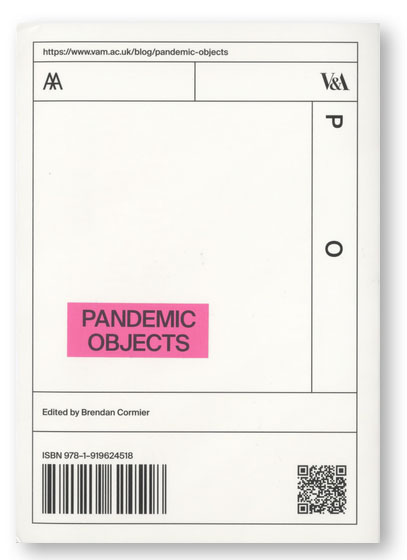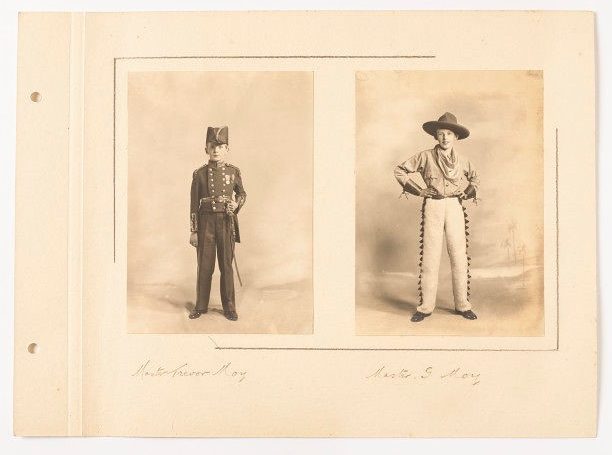Concerns over Covid-19 threaten to curtail this year’s Halloween festivities, festivities that in recent years have increased exponentially as families, communities and commerce have seized on the creative, social and spending opportunities the day offers. Today’s Halloween, with its fun-sized confectionary and mass-produced costumes is a derivative of several traditional celebrations that include All Hallows Eve, the Celtic festival of Samhain and All Saint’s Day. These festivities with their costumes and rituals marked the passing of the dead, the close of summer and the spoils of the harvest. Most significantly they provided their communities with some much-needed lightness as the long winter nights encroached.
When the pandemic began in Britain, the days were getting longer as Spring started to unfurl, but the psychological need to perforate the darkness of the news agenda saw many children and adults alike seeking out fancy-dress costumes. There were news stories of Post Office workers from across the UK adopting myriad fancy-dress costumes to deliver the post. In April’s lockdown, Postman Glen Walton from Nottinghamshire, dressed as a wrestler, a robber, a princess and a Pokemon to amuse and normalise a scary situation for his postal district. Walton explains his motivation:
“I was fed up with all the doom and gloom and nobody smiling anymore. [sic] So I wanted to change that by wearing fancy dress at work. People and kids in houses have been waiting for me, clapping cheering and making posters.”
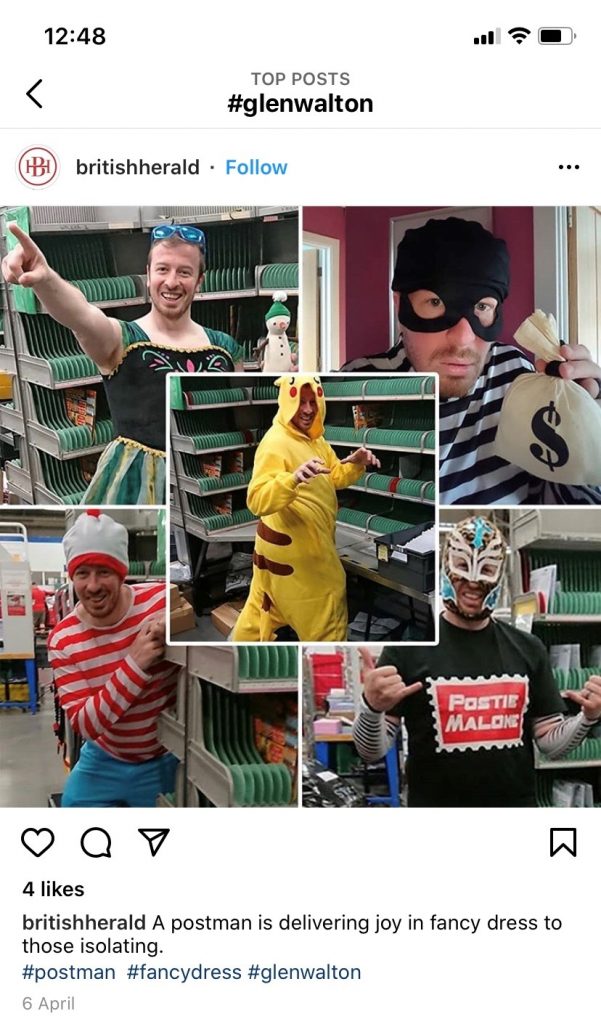
It was not just Posties donning their dressing up clothes to make the world outside seem conquerable. In Puertollano, Spain, 3-year-old Mara, and her father, Jaime, wore matching fancy dress costumes when they went to empty their rubbish during lockdown to make being outside less frightening. In my own home, when lockdown prevented us venturing into the playgrounds, it was fancy-dress and imaginary play that offered my child essential escapism. And when lockdown lifted, it was fancy dress that helped get my child to wear his face mask and to get him accustomed to me wearing one. We dressed up like the title character from Julia Donaldson’s book The Highway Rat (2011) who wears a bandana over his face to rob defenseless journeying animals. We re-enacted scenes of highway banditry at home until it felt normal to wear face coverings outside.
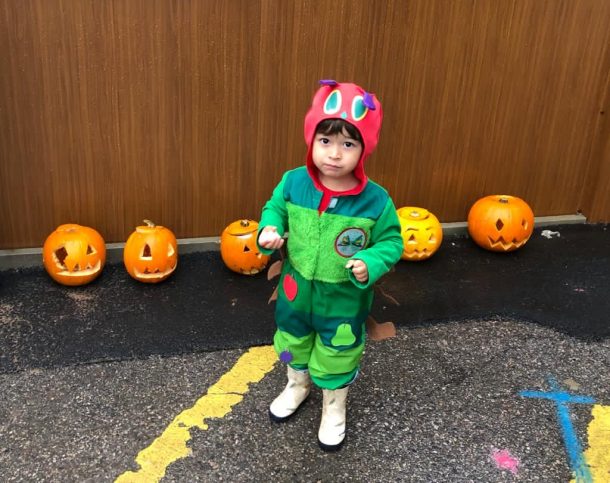
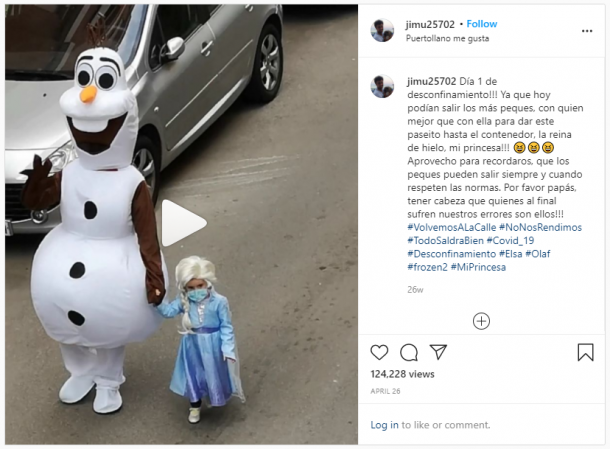
It is not only children who look to fancy-dress to transform how they feel and are perceived. Popular culture is littered with examples of people, from Jerrica Benton and her alter ego Gem and the Holograms to Clark Kent and Superman, who are emboldened as they reach for the dressing up box (or telephone box).
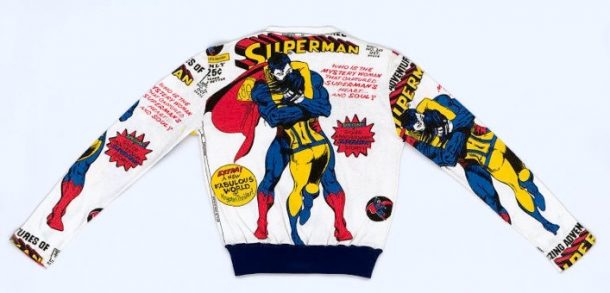
During the pandemic we’ve seen costumes used for public service campaigns. To inform commuters about the threat of COVID-19 and the need to wear masks, police officers in Chennai and New Delhi wore specially adapted helmets bedecked with red spikes to look like the coronavirus. The police officers’ costumes were used to illustrate the transmission of the disease from person to person. Police Officer Rajesh Babu from Chennai explained why he was wearing a coronavirus-inspired costume:
“The helmet is an attempt to do something different. When I wear this, the thought of coronavirus comes into the minds of the commuters. Especially, the children react strongly after seeing this and want to be taken home.”
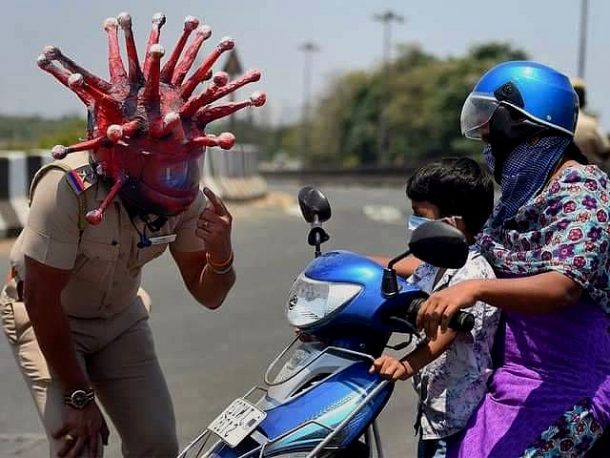
Bolivian police also took to wearing costumes when trying to tackle rising levels of coronavirus infections. In La Paz the virus was anthropomorphized into garish green and purple, life-sized cartoon characters that roam the streets reminding people to follow the health guidelines. It appears that the public’s appetite for personifying the virus however does not extend beyond health awareness campaigns. In Britain, attempts to commodify the virus into a Halloween outfit have been met with widespread scorn, forcing the retailer Amazon to remove its coronavirus themed Halloween costumes from its website.
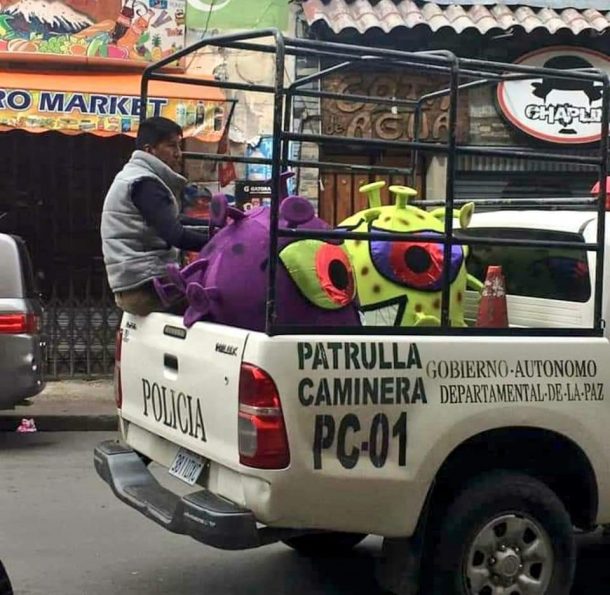
At a time when a lethal disease is spreading so much uncertainty and fear, a festival celebrating the ghoulish and creepy may seem redundant or at best distasteful, but like the traditional festivities that inspired it, Halloween can provide a fun and safe way for us to face our fears. With its pumpkin carving, dressing up and decorations it can empower children to explore creative ideas and provides an opportunity for much-needed frivolity as we await the dark wintery months ahead.
Looking for some Halloween inspiration? Check out the V&A Museum of Childhood’s Halloween Hacks here and here.
Further reading:
‘British postman delivers fancy dress joy to isolating residents’, Reuters Staff, Reuters, 5 April 2020.
‘This Father-Daughter Duo Dresses in Costume Every Day to Take Out the Trash’, Desiree Murphy, ETOnline, 15 May 2020.
‘Policeman wears coronavirus helmet to warn people to stay home’, Jen Mills, Metro, 28 March 2020.
‘Coronavirus characters help Bolivian police raise COVID-19 awareness’, Gina Baldivieso, Agencia EFE, 27 March 2020.
Related Objects from the Collection:
Eddie Allnutt’s homemade Beefeater costume, (V&A: B.1-2018 and B.2-2018)
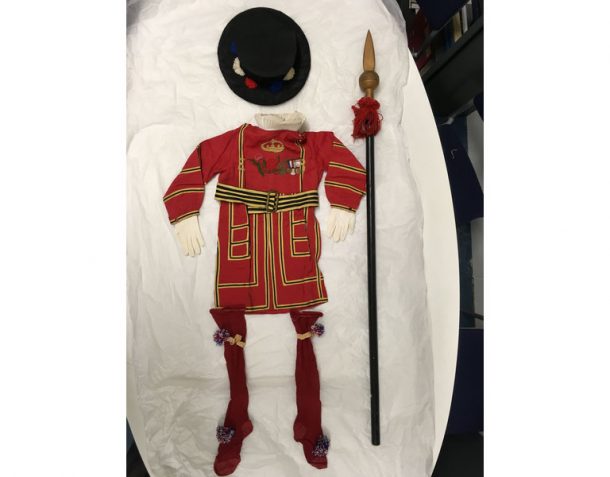
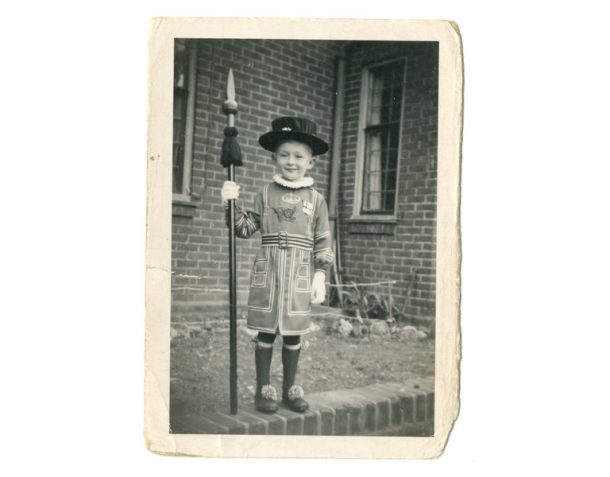
Lord Mayor’s Children’s Ball 1936, photograph album, (V&A: B.222-1996)
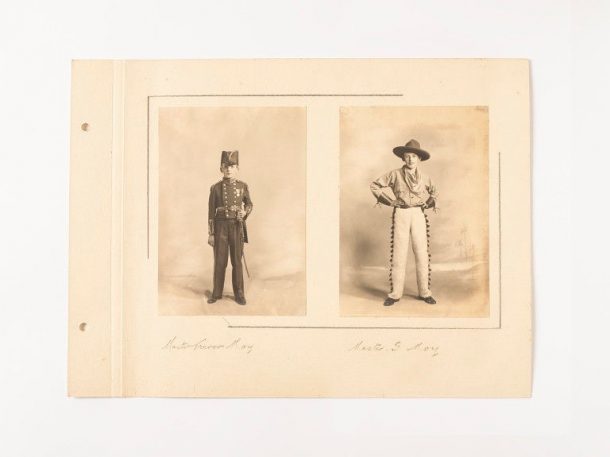
Fairy Fancy Dress Costume, Guaze bodice with tinsel, English, c.1920, (V&A: MISC.105-1986)
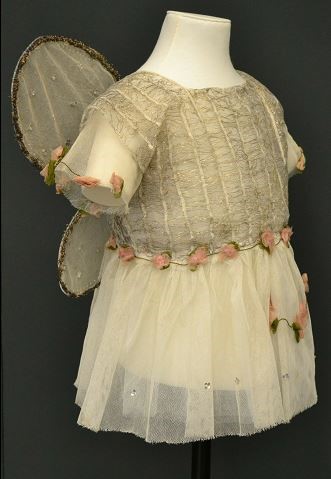
This fairy costume (MISC.105-1986) is part of a remarkable clothing and archive collection at MoC. It belonged to Eileen Brock (b.1915). As a child, Eileen and her mother made a wealth of costumes which they wore when they gave performances to entertain their family. Fancy-dress and imaginative play were an integral part of how Eileen coped with being separated from her father during the Second World War and his subsequent death.
Eileen Brock’s Clothing Collection
Eileen Brock’s childhood papers, 1890 1934
